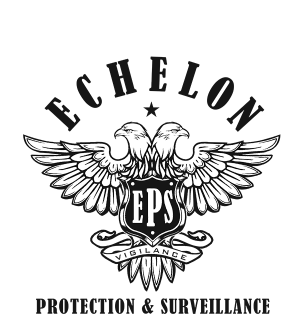 Security is a top priority for businesses of all sizes, and many organizations rely on a combination of technology, personnel, and protocols to keep their facilities and assets safe. However, there are times when existing security measures may not be enough to address certain threats or vulnerabilities. That’s where private security comes in. Private security services can provide an additional layer of protection that complements your existing security measures.
Security is a top priority for businesses of all sizes, and many organizations rely on a combination of technology, personnel, and protocols to keep their facilities and assets safe. However, there are times when existing security measures may not be enough to address certain threats or vulnerabilities. That’s where private security comes in. Private security services can provide an additional layer of protection that complements your existing security measures.
In this post, we’ll discuss how to successfully integrate private security into your business’s security protocols. We’ll cover everything from assessing your current security measures to identifying areas where private security can help, finding the right provider, developing an integrated plan, implementing and testing the plan, and more.
Assessing Your Current Security Measures
Before you can determine where private security can help improve your existing protocols, it’s important to assess what you already have in place. Take some time to review your current security measures and identify any gaps or weaknesses that may exist. This could include things like outdated technology or processes that are no longer effective. Once you have a clear understanding of your current state of security, you can better determine how private security can supplement those efforts.
Identifying Areas Where Private Security Can Help
Private security services can be particularly useful in areas like access control or threat detection. For example, if you have valuable assets on-site that require extra protection beyond what your current team provides or if your facility has multiple entry points that need monitoring around the clock – these are situations where hiring private security is beneficial.
It is also essential to consider the specific needs of your business when identifying areas where private security services could be useful. For instance, if you operate in a high-risk industry such as banking or healthcare, you may require specialized expertise from a provider who has experience working within those sectors.
Finding the Right Private Security Provider
One of the most crucial steps in integrating private security into your business’s protocols is selecting the right provider for your needs. When searching for a provider, look for companies with extensive experience in providing similar services; they should also possess adequate training and certifications required by law.
It is also advisable to research customer reviews online before making any final decisions on which company will best serve your interests; doing so reduces chances of ending up with an unreliable service provider.
Developing an Integrated Plan
Once you’ve identified areas where private security services could benefit your organization and found a reputable provider who meets all necessary requirements – it’s time to develop a comprehensive plan that incorporates both new & existing protocols while ensuring clear communication between all parties involved.
The integrated plan should outline how each team will work together seamlessly towards achieving common goals (such as protecting assets) while minimizing potential risks associated with overlapping responsibilities among different teams working on-site.
Implementing and Testing the Plan
Implementing an integrated plan involves ensuring everyone understands their roles and responsibilities clearly; this requires continuous training sessions for both new & old employees alike.
Periodical testing is also vital since it helps identify any gaps in coverage before they become actual threats; therefore implementing regular drills ensures everyone knows how to react during emergencies effectively.
Conclusion
Integrating private security into existing protocols offers enhanced protection against possible risks faced by businesses today. By assessing current measures before identifying potential areas requiring improvement through collaboration with experienced providers’ integration plans – businesses create optimal conditions for maintaining safety levels high while reducing costs associated with traditional models.


